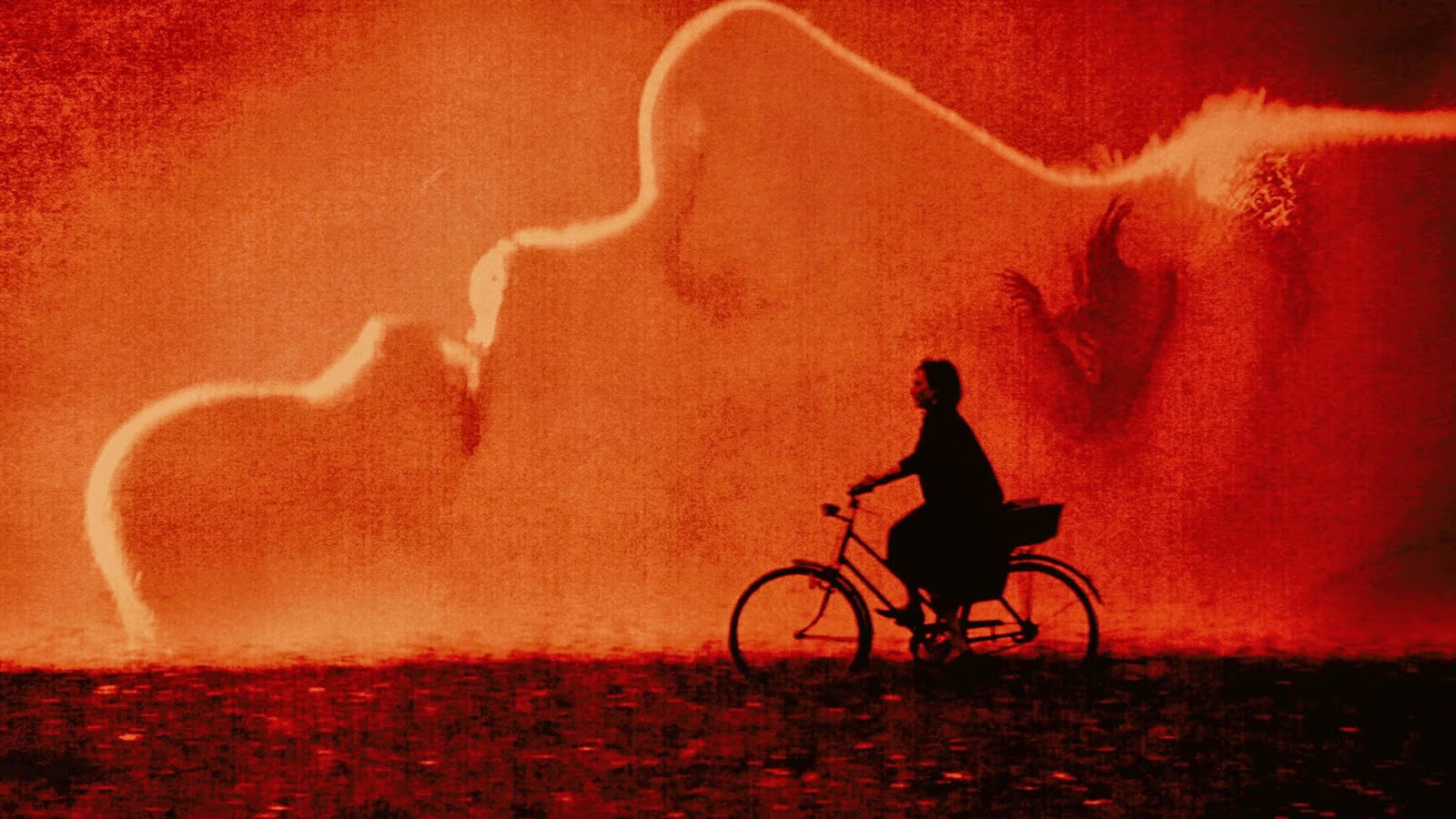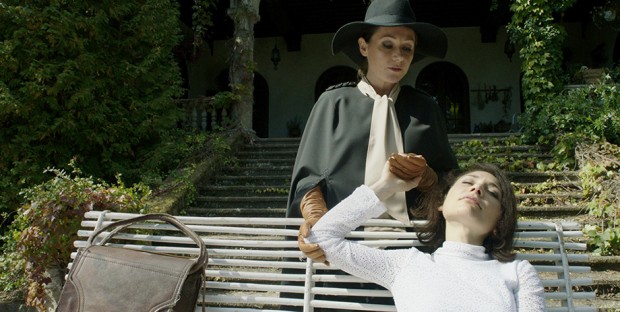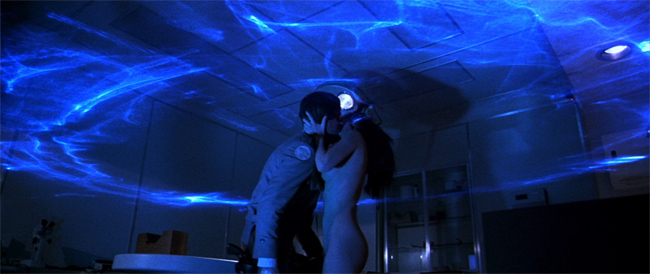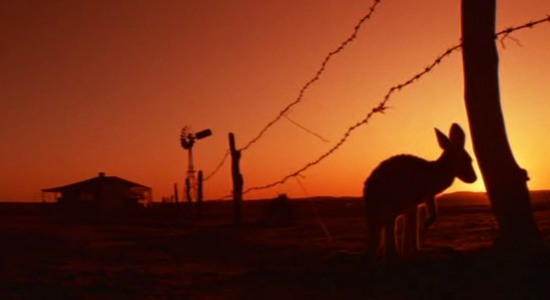‘The Duke of Burgundy’ is the S&M masterpiece we need
With a narrative built on repetition – the cyclical nature of seasons, feelings and passions – The Duke of Burgundy’s unique structure defies traditional plot and narrative in favour of sensations and experiences. The film most notably has credits in the opening sequence for both the choice fragrance and the lingerie designs, a hint at the precedence luxury and sensuality has within this world. It becomes abundantly clear that breaking the film down in terms of plot betrays its absolute appeal as a masterpiece in haptic vision. (‘Haptic’ refers to ‘touching with your eyes’, though how can we similarly evoke the sensation of smell? Film criticism is lacking in this regard. We need an extensive study on the evocation of smell in cinema, just as there are studies on the way filmmakers conjure sound and music in silent cinema.) Written and directed by Peter Strickland, the film is about a lesbian couple engaged in an increasingly escalated S&M relationship, and when they’re not role-playing, they are lepidopterists (they study butterflies and moths).









